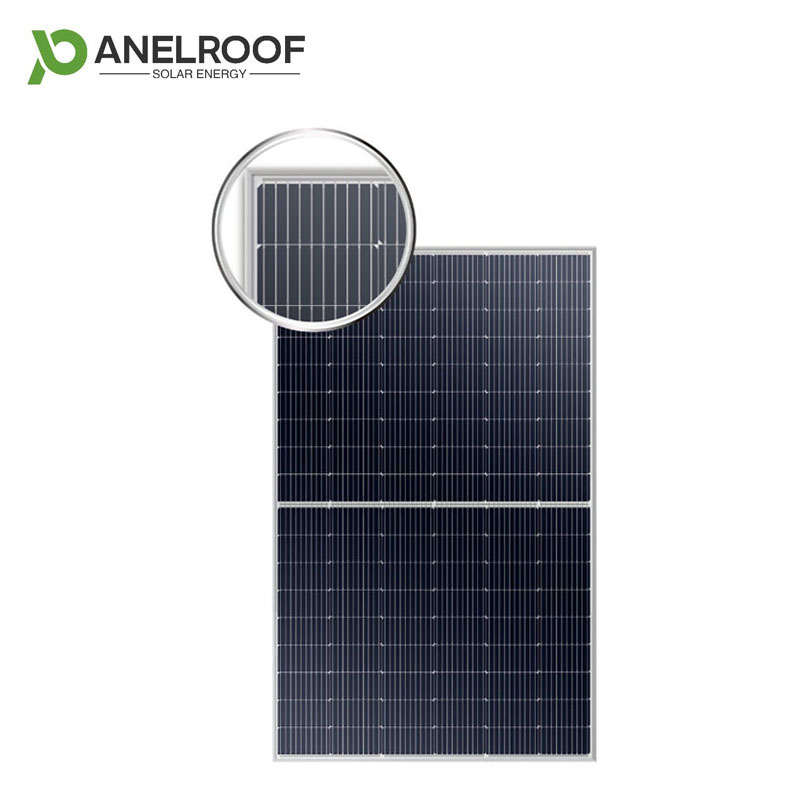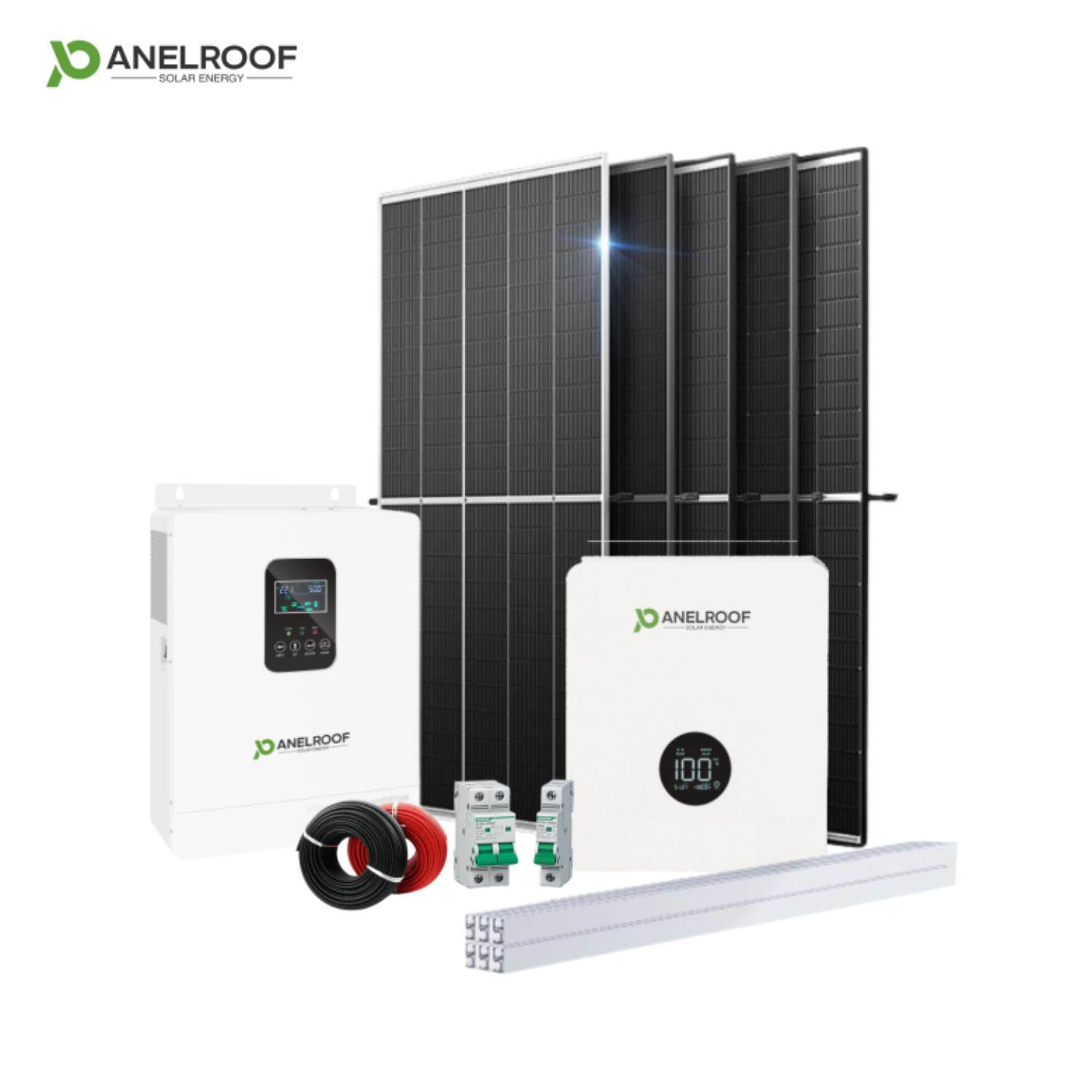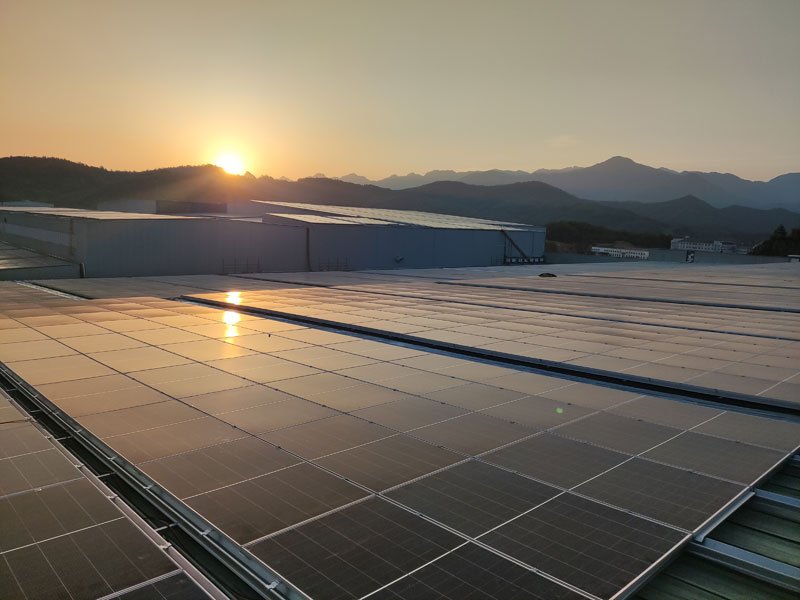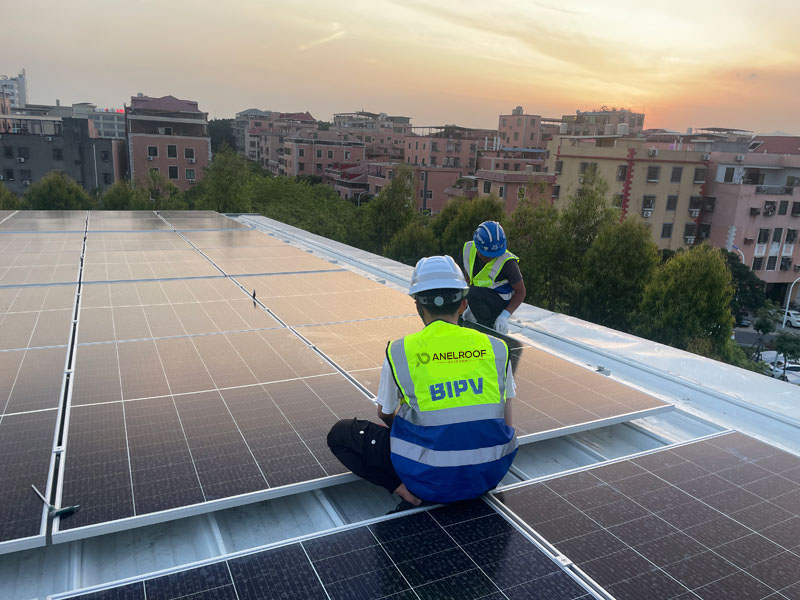Call Us
+86-592-5230705
Email Us
sales@xmprsolar.com
On-Grid Inverter Application Scenario
2023-07-05
On-grid inverters, also known as grid-tied inverters, are used in various applications where solar or other renewable energy sources are connected to the electrical grid. Here are some common scenarios where on-grid inverters are used:
1. Residential Solar Power Systems: On-grid inverters are commonly used in residential solar power systems. They convert the direct current (DC) electricity generated by solar panels into alternating current (AC) electricity that can be used to power household appliances. The excess electricity can be fed back into the grid, allowing homeowners to earn credits or receive payments through net metering programs.
2. Commercial and Industrial Solar Power Systems: On-grid inverters are also used in larger solar power systems installed in commercial buildings, factories, and industrial facilities. These systems generate a significant amount of electricity, which can offset the energy consumption of the facility and provide financial benefits through net metering or power purchase agreements.
3. Solar Farms: On-grid inverters are an integral part of utility-scale solar farms. These large-scale solar installations generate massive amounts of electricity that can be supplied directly to the electrical grid. On-grid inverters ensure the generated power is synchronized with the grid's voltage and frequency, allowing seamless integration and distribution of renewable energy.
4. Grid Stability and Power Quality: On-grid inverters can contribute to grid stability and power quality by providing reactive power control and voltage regulation. These inverters can help maintain the balance between supply and demand, mitigate voltage fluctuations, and support the overall stability and reliability of the electrical grid.
5. Electric Vehicle (EV) Charging Stations: With the increasing adoption of electric vehicles, on-grid inverters are used in EV charging infrastructure. They convert the AC electricity from the grid to DC electricity required for charging electric vehicles. By connecting EV charging stations to the grid, on-grid inverters enable the efficient and convenient charging of electric vehicles.
6. Energy Storage Systems: On-grid inverters are often used in conjunction with energy storage systems, such as batteries. These inverters help manage the flow of electricity between the grid, renewable energy sources, and the storage system. They ensure that stored energy can be efficiently utilized or supplied back to the grid when needed.
1. Residential Solar Power Systems: On-grid inverters are commonly used in residential solar power systems. They convert the direct current (DC) electricity generated by solar panels into alternating current (AC) electricity that can be used to power household appliances. The excess electricity can be fed back into the grid, allowing homeowners to earn credits or receive payments through net metering programs.
2. Commercial and Industrial Solar Power Systems: On-grid inverters are also used in larger solar power systems installed in commercial buildings, factories, and industrial facilities. These systems generate a significant amount of electricity, which can offset the energy consumption of the facility and provide financial benefits through net metering or power purchase agreements.
3. Solar Farms: On-grid inverters are an integral part of utility-scale solar farms. These large-scale solar installations generate massive amounts of electricity that can be supplied directly to the electrical grid. On-grid inverters ensure the generated power is synchronized with the grid's voltage and frequency, allowing seamless integration and distribution of renewable energy.
4. Grid Stability and Power Quality: On-grid inverters can contribute to grid stability and power quality by providing reactive power control and voltage regulation. These inverters can help maintain the balance between supply and demand, mitigate voltage fluctuations, and support the overall stability and reliability of the electrical grid.
5. Electric Vehicle (EV) Charging Stations: With the increasing adoption of electric vehicles, on-grid inverters are used in EV charging infrastructure. They convert the AC electricity from the grid to DC electricity required for charging electric vehicles. By connecting EV charging stations to the grid, on-grid inverters enable the efficient and convenient charging of electric vehicles.
6. Energy Storage Systems: On-grid inverters are often used in conjunction with energy storage systems, such as batteries. These inverters help manage the flow of electricity between the grid, renewable energy sources, and the storage system. They ensure that stored energy can be efficiently utilized or supplied back to the grid when needed.
Overall, on-grid inverters play a crucial role in integrating renewable energy sources with the electrical grid, enabling efficient energy generation, distribution, and consumption while ensuring grid stability and reliability.
Previous:Xiamen Panelroof is Inviting you!
We use cookies to offer you a better browsing experience, analyze site traffic and personalize content. By using this site, you agree to our use of cookies.
Privacy Policy




























































